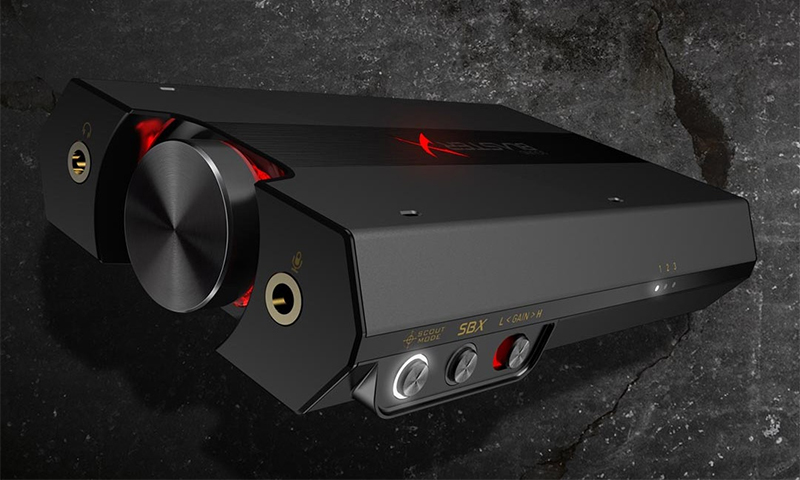Playing the guitar can please the ear and affect not only the strings of the instrument, but also the soul. It is often compared to a piano in miniature. You can play any tune on the guitar, just like on a keyboard device. You can even use the same sheet music, only play all one actu higher. A wide variety of stringed instrument can be confusing. This article will teach you to understand the guitars and find a good product for your audience, personal preferences and the type of music.
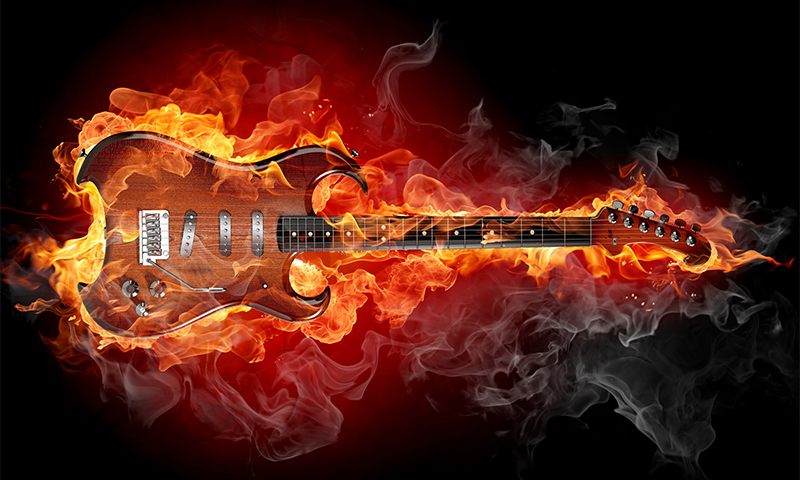
Content:
The best manufacturers of guitars - which company to choose
If you want to learn how to play the guitar, but there is no time to figure out which instrument is better, then you can buy one of the copies from proven brands:
- Yamaha;
- Cort;
- Maxtone;
- Sigma;
- Fender
Fans of going through the strings will be interesting to read. top electric guitars. Well, in order to understand all the features of the guitar and pick up a musical product completely for yourself, you need to read the material below.
The principle of operation and the device of the guitar
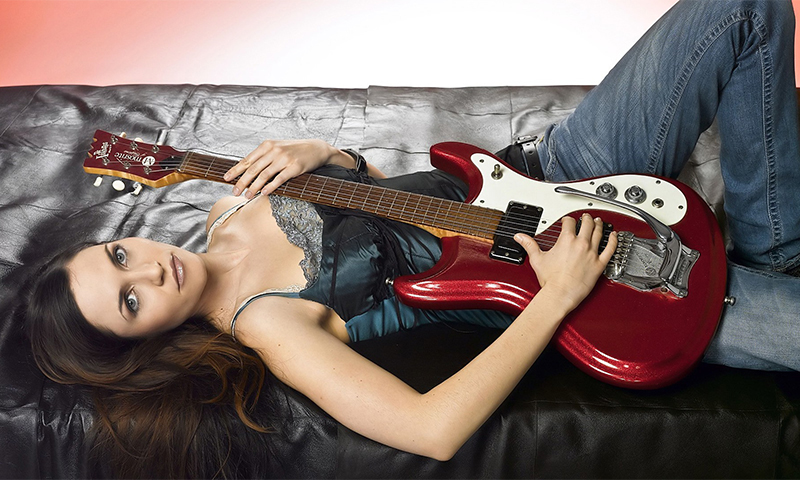
This tool allows you to play a wide variety of music. On it you can play "Moonlight Sonata", any pop song or a song of the group "Queen". It is used at concerts by all musical groups, used in orchestras or on kvartirniki. Playing the guitar can be just a hobby with friends or family.
To learn to play the guitar you need patience and perseverance. On the hand, which clamps frets, calluses form. Any melody at first is given very slowly and with difficulty. The eyes are constantly peered into a notebook, and then on the neck. But with practice, the sequence of notes is well rooted in the memory, and the hands themselves remember the location of the strings and fall on them "in the blind."
The guitar has a medium complexity structure and has a number of mandatory elements:
1. Enclosure consisting of upper and lower deck;
2. Grif;
3. Strings;
4. Outlet for the passage of sound;
5. Shell;
6. Lada of metal plates;
7. Upper and lower sills;
8. Heel fixing neck to body;
9. Head;
10. Tuners with a stretch of strings.
In order to reproduce sounds, it is necessary to put the body on its knees in a vertical position. One hand goes through the strings, the stretched position of which corresponds to certain notes. Depending on the speed of touching each string, the melody tempo is set. You can play and fight, while conducting all the strings or only a certain number.
The second hand changes the length of the string involved in the game, which allows you to take notes in different acts. For this, the neck (horizontal long part) is equipped with metal steps, which may be about 20. Pressing the string to such a ledge with a finger, its remaining part is “cut off” from participation in the formation of sound. The closer you press it to the body, the higher the note and actava. Clamping at the same time several strings form chords.
The strings themselves have a different diameter and are specially tuned to the piano's A note, so that the first string of the guitar sounds identical. The second string is set so that its sound on the fifth fret coincides with the free first. A similar scheme is used to configure the entire instrument.
The volume and volume of the sound is obtained due to the hollow body and a special hole (socket), due to which sound waves get in, resonate and go out with greater force. In other models, it is possible to connect a pickup and, through an amplifier, distribute the sound to a large hall or stadium.
Another beauty of the melody and increased volume is added by the use of a pick. This is a small plastic petal that touches the strings instead of the fingers of the right hand. Playing with this device requires more practice and accuracy of hitting the strained threads, but the sound is longer and more expressive.
Types of Guitars
Acoustic
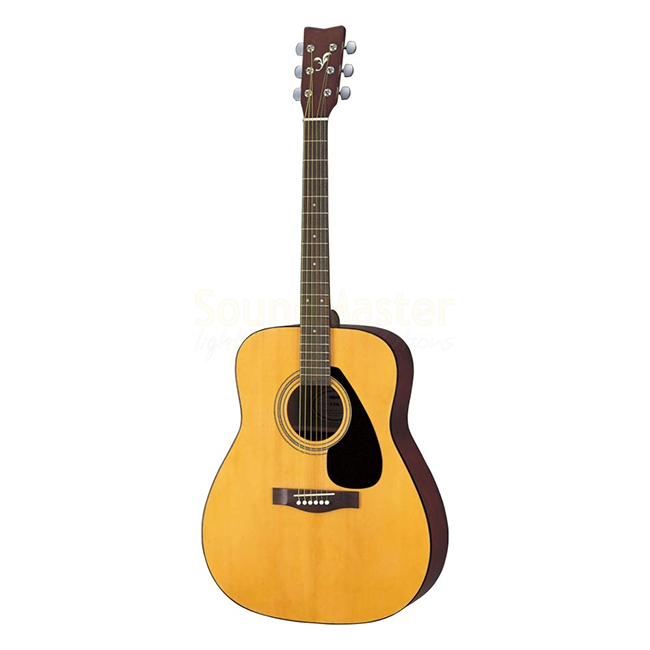
These are classic guitars with a volumetric body, designed for playing with family or a small concert. The volume of the sound is provided by the resonance in a wooden body. When sounding near the microphone, it can be used on the performance of orchestras. Brute force of separate strings and fight sounds beautifully.
Acoustic guitar has various body options (in size and shape). One of them is a bite. This is a classic guitar, but in miniature sizes. Suitable for children playing or playing chastooshkas, where music is not so important and acts as a background.
Advantages:
- variety of prices;
- the ability to simulate the sound of staging strings of different materials;
- availability in each specialized store;
- strong case;
- pleasant sound;
- you can rehearse at home and not interfere with your neighbors.
Disadvantages:
- a large body is inconvenient for children and small people;
- the volume is limited to the size of a small room;
- has a relatively large mass.
Electric guitar
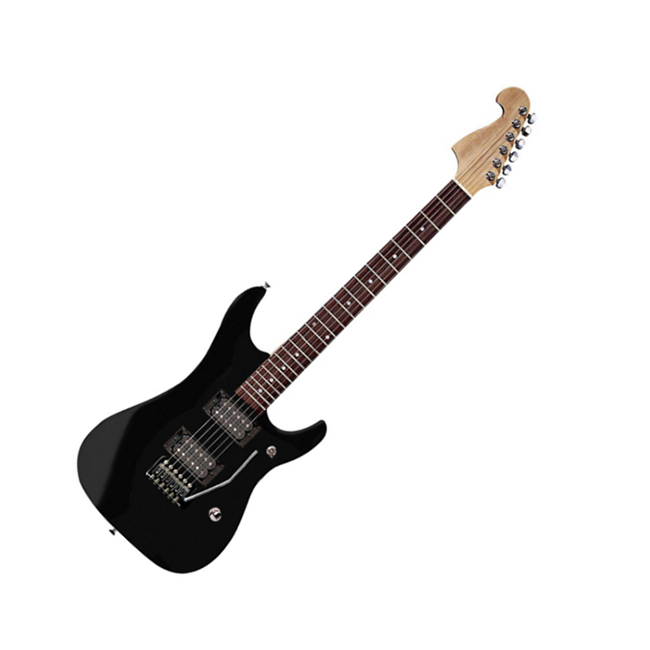
Used at concerts and avid amateurs to play in clubs, garage. It interacts with the amplifier and transducer, which allows you to change the sound to the crystal ringing and perform piercing compositions.
It is played by busting and fighting, performing a solo part or accompaniment. The regulator on the case can stretch the length of the note taken, which makes it possible to perform drawl parties.
Advantages:
- high volume due to the amplifier;
- a wide range of sound options and length of notes;
- Beautiful design;
- a light weight;
- high-quality assembly.
Disadvantages:
- high price;
- interaction with additional equipment is required;
- rehearsals can only be held in a separate room due to the volume;
- very difficult for beginners.
Bas-guitar

It has only four strings and produces low sound. Interacts with the amplifier. It is intended for setting the rhythm and background for solos on other instruments, but can also act as a master device in a composition. Suitable for amateur and professional groups. The game is performed by brute force only.
Advantages:
- interesting low sound;
- clearly sets the rhythm of the melody, which is remembered;
- Beautiful design;
- high-quality assembly;
- the neck is thinner, so it is more convenient for people with small hands;
- great timbre tuning options.
Disadvantages:
- high price;
- can only be used for rhythm;
- without equipment, very quiet sound.
Guitar selection options

Number of strings
The guitar can have 4, 6,7 or 12 strings.
1. Four string versions are used only by bass players. They set the pace of the work. Therefore, such products are bought consciously to fulfill this role in the group. If a child wants to become just a bass player, you will need such a musical instrument.
2. Six-string models are the most common. They can accompany or perform a separate solo. With such a tool you need to start a novice.
3. The device with 12 strings has a standard neck width, but the metal threads are stretched in pairs, so the sound is richer and richer. This is only suitable for professionals who are well able to clamp the strings at the frets, and double thickness will not knock them out.
Body size
There is also a variety of body sizes, despite the same shape.
1. The 4/4 instrument is considered full-sized and is suitable for an adult and for use at concerts. His body is enough for sufficient resonance and audience.
2. Beginner will be easier to manage with a smaller device, which has the parameter ¾. So get used to the tool and it is easier to get to the distant frets.The same option is bought for children from 8 to 12 years old, since their hands are still growing.
3. If the child wants to play the guitar from the age of 5, you will need a size of ½. It is even smaller, but it has all the functions and details of an adult instrument.
Pickup availability
Some models have a plug and built-in node for sound removal and transfer to the amplifier. This is not the same with an electric guitar, where you can stretch the length of the note, but this will turn up the volume.
Having a pickup is practical for a large audience and an authorial concert, or if you have to perform on television. At home and games for friends overpay for the pickup is not required.
Right or left
Most people hold their chords with their left hand, and touch the strings with their right. That is how the tool is produced. But left-handers have to redo the device for themselves, and rearrange all the strings upside down to unfold the neck in the other direction. To avoid this procedure, there are standard left-handed guitars and the left-handed one needs to look for just that.
Number of frets
The distance between two metal plates, allowing you to clamp the string and increase its sound and note, is called fret. It happens from 18 to 23 frets on the fingerboard.
The highest are used extremely rarely and in certain works (more often classic or serenade). Therefore, if you plan to play such music, you should buy a model for 23 frets. For a normal game you need no more than 20-21 frets, which is the most common.
Deck material
The front and rear deck are made of various materials.
1. Spruce will suit those who love sonorous sound.
2. Cedar has a soft sound, but more quiet.
3. Alder plays well in all bands.
4. Tree breeds will be useful to fans of heavy genres, because they allow to get a solid sound.
5. Rosewood, maple and walnut improve depth and give the sound a “viscosity.”
Cutout
Under the neck fastening to the body there can be a cutout. It is performed in a sharp or smooth manner, sometimes with a protruding horn from the body. The role of the engineering solution is not only in design, but also in a more convenient delivery of high frets. The hand does not rest on the body and it is easier to clamp the strings on the 20-23 fret, or even place a bar there.
If in the repertoire frequent high notes are planned (serenades, classic), the presence of a cut is necessary. In other cases, this is a personal design preference, since it has no effect on the sound.
String material
Thin strained threads vary in material and sound being produced:
1. Nylon - well suited for beginners on an acoustic guitar. They have a quiet sound that comes in handy with frequent first mistakes and will not be very annoying. Over time, you can use the pick to make the game more expressive.
2. Metal - more voiced, which is well suited for electronic instrument models. On acoustics, they are bright, but sometimes make a shrill sound. When playing a fight and a few instruments look quite organic.
3. Copper - ideal for classic, soft, louder than nylon, but quieter iron.
4. Silver - can get quite loud sound, but it is more delicate than the metal. Good at sorting and lyrical melodies.
Type of shell
Acoustic guitars are distinguished by different models of the case:
1. Grand Auditorium - suitable for large concerts in the hall or in the open air, bar or modern music.
2. Orcheatra Model is the best option for classical music due to its high balancing.
3. Jumbo - stands out for a more resonant sound that fits well with the perky and fast music.
4. Folk - refers to the game blues style.
5. Dreadnought - has a rectangular case and is ideal for playing with a pick.
Mounting quality
Choosing a guitar you need to adjust it in the store and shake it a bit in your hand. This will check the quality of fastening the neck to the body. If the heel is badly fixed with a screw, the strings will quickly get upset. Each game will have to be re-configured.
Which guitar to choose

1. A child in music school needs a size of ½, for six strings of nylon, with 20 frets, and the case material is linden.
2. An adult who wanted to master a stringed instrument needs a model of ¾ size, 21 frets, six pieces of nylon threads and a linden body. A mediator is useful.
3. For an amateur rock band in the garage you will need an alder electric guitar, for 6 metal strings and 20 frets.
4. In order to set the rhythm of the melody in the playing team, a bass for four strings, a rosewood case, a fretboard for 20 frets, a notch and a sound pickup are needed.
5. To play classic pieces for your guests, you need a Dreadnought case, full-size, silver 6-12 strings, a neckline at the bottom of the deck to reach the high frets, which will be 23. Case material is maple or cedar.
How much does a guitar cost

1. Guitar for a student child will cost 3500-5000 rubles.
2. The device for an adult beginner costs 3800-6000 rubles.
3. Electric guitar for a participant in the garage group is estimated at 4,500-15,000 rubles.
4. Bass guitar will require to pay 7000-20000 rubles.
5. Dreadnought for the game of classics has a cost of 3500-26000 rub.
It will be interesting to friends too

